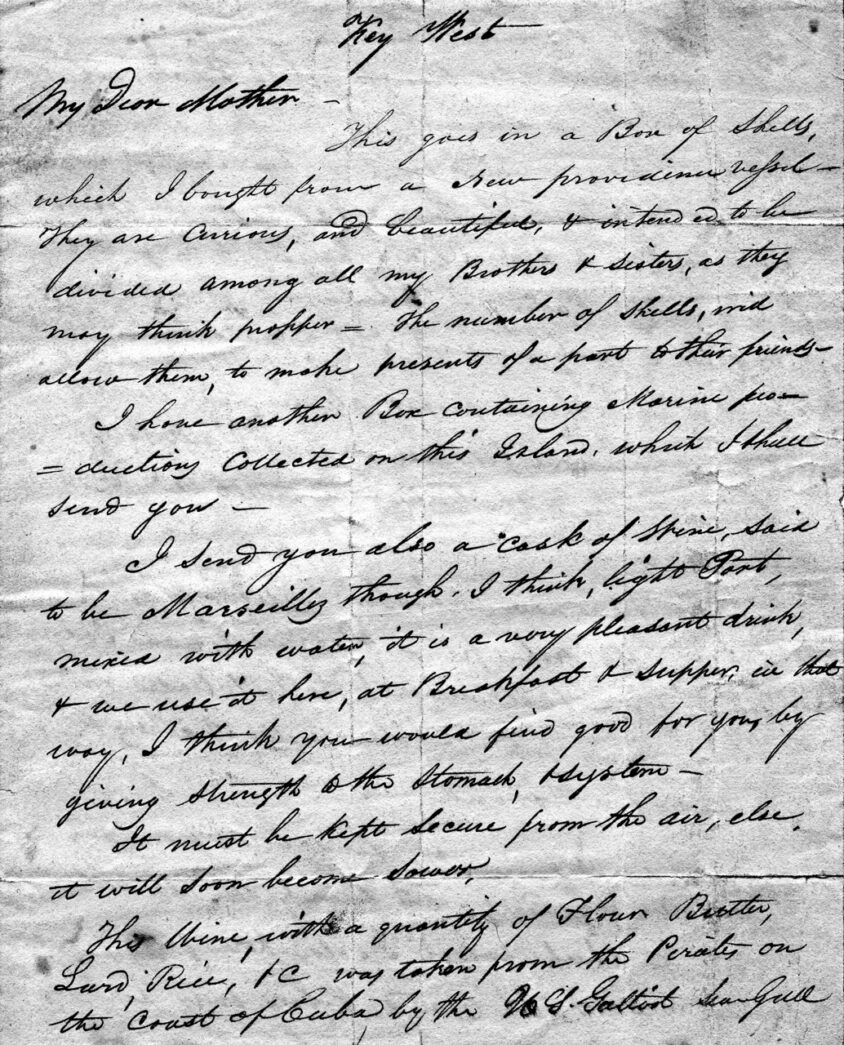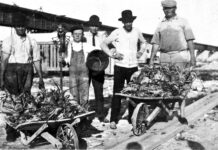Like a joint passed around an island party, pirate stories in the Florida Keys are shared with a rapt audience. As a matter of fact, breaking out one has been known to lead to the revealing of the other.
But, based on all the available historical accounts and records, stories told of pirates in the Keys come with about the same structure and substance as those wispy tendrils of smoke rising from the bright hot cherry burning at the tip of a joint.
If you ask a local, especially while passing a joint or perhaps while sipping rum, beer, or some other adult beverage at one of the local watering holes, they will tell you these islands have always been home to pirates. The islands do have a history filled with stories, legends and lore of a piratical nature. Believe it or not, not every story about the pirates and their acts of piracy in the Keys is entirely accurate.
There are some really cool stories of piracy that have occurred on and around the Sunshine State’s favorite archipelago. The Florida Keys and piracy do have an interesting history. How could they not be linked? After all, Commodore David Porter and the West Indies Squadron, the anti-piracy unit in charge of clearing the local waters from their ilk, were headquartered at Key West.
The vast majority of pirates pursued by Commodore Porter and the West Indies Squadron frequented the waters off the coasts of Puerto Rico, Cuba and the Yucatan Peninsula. A handful of documented cases demonstrate evidence of pirates operating closer to the Florida Keys, but those stories are far less swashbuckling than their Caribbean counterparts. Fortunately for all of us, there is one stunning firsthand account about a group of pirates on the island of Key West. The story is revealed in a letter written by William Morduit Jenners to his mother in Virginia.

Key West, 1825
Dear Mother,
This goes in a box of shells, which I bought from a New Providence vessel. They are curious, and beautiful, and intended to be divided among all my Brothers and Sisters, as they may think proper. The numbers of shells will allow them to make presents of a part to their friends. I have another box containing Marine production collected on this island, which I shall send you.
I send you also a cask of wine said to be Marseilles though, I think light Port mixes with water, it is very pleasant to drink, and we use it here at Breakfast and Supper in that way. I think you would find good for you giving strength to the stomach and system. It must be kept secure from the air, else it will soon become sower.
This wine, with a quantity of Flour, Butter, Lard, Rice & c was taken from the pirates on the coast of Cuba by the U.S. Galliot, Seagull and Brittish Schooner Union and Leon.
The Seagull also brought in 19 pirates, which were taken after a skirmish in which 8 others were killed. They remain on shore here Sometime, where I saw and talked with them every day in the Spanish language. A few of them appear to be gentle men, one Doctor. 14 have just gone to Havana the other 5 badly wounded still remain here.
It is not necessarily an exciting pirate story, but it does prove that there were legitimate pirates in the Florida Keys. If Porter and his men brought pirates back to Key West as prisoners once, it was likely not a singular occasion. It is universally agreed that Porter was good at his job. One of the things that made him effective was that, unlike his predecessor Commodore James Biddle, when capturing pirates (even suspected pirates), Porter would hand them over to forces unencumbered by the American justice system.
Jenners’ letter indeed calls into question the idea that pirates were being hanged or otherwise dispatched in Key West during Porter’s reign or even in the years that followed. There is a popular Key West story about 12 or 18 pirates hanged from the ficus tree that grows in the middle of Captain Tony’s Saloon down on Greene Street. With no documentation corroborating the fanciful tale, it is offered as little more than another Key West story.
This is not to say that no one has ever dangled from Captain Tony’s legendary tree because not every story told about Captain Tony’s and that ficus tree were made up to entertain tourists. As for any piratical connection to Captain Tony’s, however, beyond the legendary Captain Tony himself, it likely begins and ends with the well-dressed skeleton hanging behind the bar.
It should be noted, however, that if there were ever going to be a cool cat to sit around with, passing a joint back and forth and telling pirate stories, it would have been Captain Tony Tarracino. They might not have been pirate tales from the days of old but rather 20th century stories about modern Key West. Captain Tony would have known those stories like the back of his hand as most considered him to be something of a pirate himself.





















